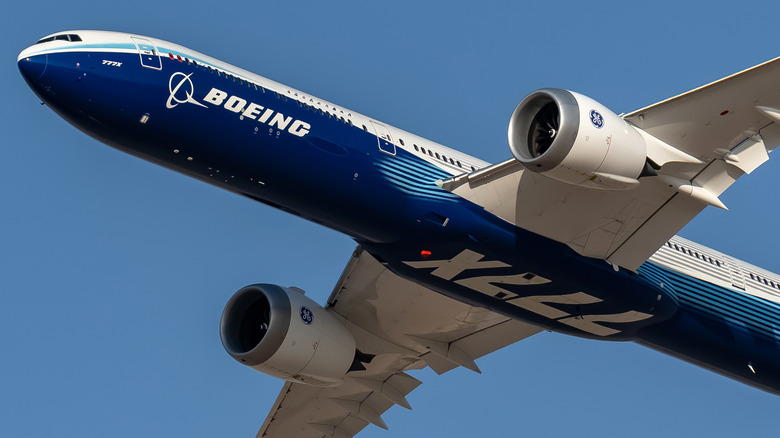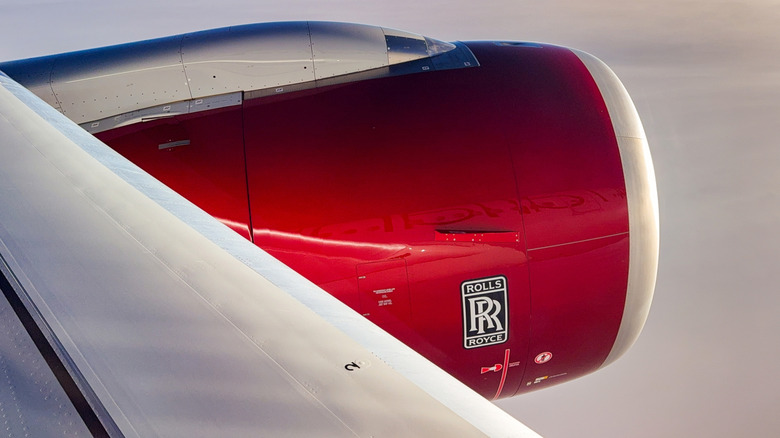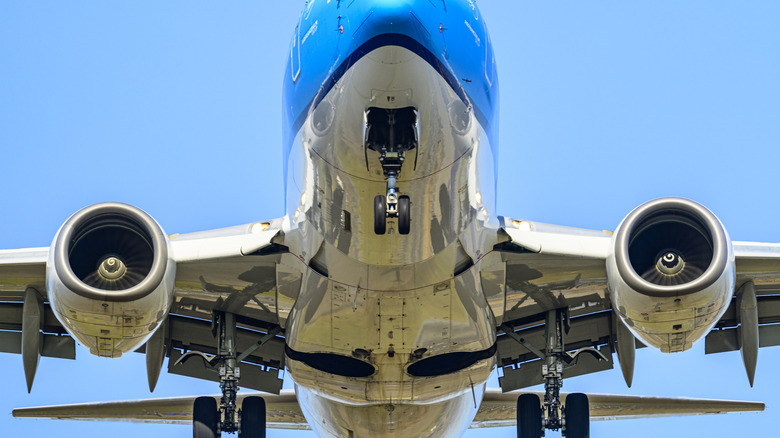American aerospace giant Boeing has taken a bit of tarnish of late. A pair of deadly crashes and other lesser malfunctions have sullied the reputations of the latest iterations of the brand’s 737 Max aircraft, but those concerns don’t extend to the jets’ powerful engines. Boeing is responsible for building the 737’s iconic flat-bottomed nacelles, or casings, which house the engines. However, the turbofan powerplants themselves are farmed out to various global manufacturers. The world’s largest producer of jet engines, including for Boeing, is a joint venture called CFM. The two entities behind CFM are General Electric and the French manufacturer Safran.
As part of its 39% global market share, CFM’s fuel-efficient Leading Edge Aviation Propulsion (LEAP) engines power every one of Boeing’s 737 Max aircraft. Coincidentally, engines from this brand can also be found on some Airbus A320 jets, a competitor to the 737 that’s assembled largely in Europe.
Of course, Boeing doesn’t just build the 737. Other commercial Boeing jets include the venerable widebody 777 and the high-tech 787 Dreamliner, both of which are staples of long-haul or high-capacity routes, such as between the United States and Europe. And the engines there are made by others.
Rolls-Royce doesn’t only build cars
Before Rolls-Royce started selling bougie land yachts, it was known for its airplane engines. For example, its Merlin engine was a force to be reckoned with in fighter planes during World War II. Over 120 years since its inception, Rolls-Royce is still in the aeronautical sector with a 12% market share. In particular, its products can be found in many long-haul widebody jets.
Rolls’ Trent 1000 powers some Boeing 787 Dreamliner jets, and Rolls says the plane is 25% more fuel-efficient than its predecessor, the Boeing 767. Rolls-Royce engines also propel some examples of the widebody Boeing 777, the fuel-guzzling double-decker 747, and what remains of the largest single-aisle jet ever, the Boeing 757. Like CFM, Rolls-Royce prefers to diversity its clientele and happily accepts engine purchases from Airbus, too — for example, the Airbus A330 and A350 long-haul jets.
Next up is General Electric, which also has a fairly small — about 14% — share of worldwide jet engine manufacturing. That’s understandable, since most of its involvement in aerospace is via the CFM joint venture with Safran. Alone, GE turbofan engines appear on both Boeing and Airbus products in small quantities. Especially the Boeing double-aisle widebodies.
An American company hit big with EU’s Airbus (but sells to Boeing, too)
Finally, we come to Pratt & Whitney, a veritable institution in American aviation since 1917. When it’s not building engines for fighter jets or cruise missiles, P&W captures about 35% of the market for commercial jet engines. That includes a presence at some level in nearly all Boeing products, excepting newer models like the 737 Max and 787 Dreamliner. P&W sells to Airbus, too. Notably, its engines are the only ones used in the new-ish A220 narrow-body jet, a feather in the company’s cap to be sure.
So there you have it. Boeing uses four sources to procure jet engines for its planes: CFM, General Electric, Pratt & Whitney, and Rolls-Royce. And not a single one of those companies has a problem crossing the aisle to sell to rival manufacturer Airbus. Clearly, some passengers prefer one aircraft brand or another — for example, avoiding airlines with the largest Boeing fleets following an awful 2024 for the brand. However, under the engine nacelles, there’s little difference to be had between the two aircraft giants.




